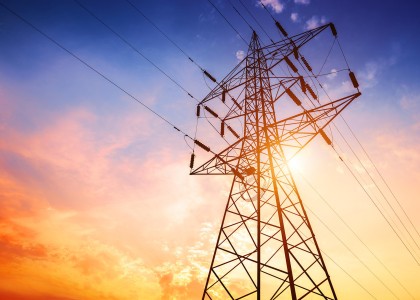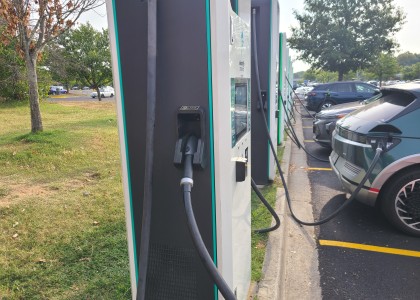gas markets. Our testimony first discusses the roots of the current situation, assesses the potential impact of energy efficiency on wholesale natural gas prices, and points out the limits of supply-side solutions. It then focuses on ACEEE’s analysis, which shows that we can cut wholesale gas prices by as much at 25%, or about $1.50 per MCF. These savings would put over $100 billion back into the U.S. economy, at a cost of $30 billion in new investment, of which $7 billion would be public funds.
Federal and state governments currently spend over $2.5 billion annually on energy efficiency, in research, development, deployment, and other programs. The 5-year, $7 billion public investment we recommend would average $1.4 billion annually and would represent a 56% increase in public commitment to efficiency. Given the benefits (a 25%-plus drop in natural gas prices, more than $100 billion in direct economic benefits, and thousands of new jobs), an aggressive federal and state energy efficiency and conservation effort over the next 5 years is perhaps the best investment we could make in the American economy.
ACEEE’s recommendations for near-term action include:
- 1. Increase funding for efficiency deployment programs. We recommend that Congress increase FY 2006 appropriations for federal programs that deliver near-term energy savings to consumers (including the ENERGY STAR programs, the Weatherization program, and DOE’s suite of other best practice programs) and that the Administration follow suit in its FY 2007 budget request. These programs can be of great help in Katrina-affected areas, and with added funding, they can quickly ramp up energy savings nationally in the next few years.
- 2. Expand public benefits funds for efficiency. Eighteen states collectively spend over $1 billion on public benefits efficiency programs funded through utility bill fees. Other states (and Congress) should follow this example, and states with current programs should increase funding levels. Most states operating such programs coordinate their efforts with federal programs like ENERGY STAR; this partnership should be continued and expanded, so that the benefits can be felt in more states.
- 3. Expand and extend tax incentives for high-efficiency technologies. Congress should add to and extend the incentives for energy efficiency technologies that were included in the Energy Policy Act of 2005. The Combined Heat and Power incentive that was included in the Senate bill should be restored and the incentives for new homes and commercial buildings should be extended since a two-year tax credit is too short to significantly influence design and construction practices.
- 4. Conduct a national efficiency and conservation campaign. The Energy Policy Act of 2005 authorized a $90 million per year public education campaign on energy efficiency. DOE and EPA should co-lead this partnership effort among efficiency manufacturers, farm organizations, utilities, states, local governments, and others to accelerate efficiency investments and encourage short-term behavior modifications. California spent about $30 million in 2001 on a concerted public awareness campaign; evaluations indicate that this campaign was responsible for a more than 6 percent energy reduction in California in that year, and that a significant fraction of these savings persisted for several years.
Recommendations for longer-term action include:

